|
It's been a while since our last blog. The 2020 season had it's major struggles, as did everyone across the land due to the pandemic. It was a tough time for Little Terns alike with only 31 fledglings from 89 pairs. This belies the monumental efforts of Denbighshire County Council to warden the site without volunteers however. They did a great job in difficult circumstances and without their hard work there would have undoubtedly been no fledglings otherwise. Moving on to this season, things are gathering pace. On Tuesday 20th, the first Little Terns were seen back at Gronant whilst fencing was being erected. By the end of the first week a total of 8 pens had been installed with staff from DCC, Keep Wales Tidy and volunteers from the NWLTG all being involved. This is a herculean effort and is crucial for giving the terns a fighting chance. DCC have hired three new wardens for this season and their names are Alex, Alex and Ollie. We're going to need to find a better way to differentiate between two of them! The other news is the group held our AGM on Weds 21st April. It had been postponed from late last season due to the pandemic. It was our first AGM on zoom and was attended by 16 people. To make it more fun we received varied talks from Jim Kilpatrick at DCC on the progress towards this season, Chantal Macleod-Nolan from the RSPB on past and future projects for Little Terns in England and finally Professor David Norman who gave a summary of all the recoveries of Little Terns from the UK and particularly the role ringing at Gronant has played in this. We are needing volunteers to help this season as we are expecting a busy summer on the beach. There is lots to do at the site to help ensure a successful breeding season. Fence maintenance, predator control, minimising disturbance and chatting to visitors to name but a few. This will all be done with covid protocols in force to keep ourselves safe and the public safe.
One extra target for the 2021 season is to find the Little Terns tagged with geolocators in 2019, retrieve the devices and download the data. To this end, cameras will be placed on nests. Volunteers will then be needed to view the images to identify the colour rings on the birds, so that the tagged birds can be trapped and the geolocators recovered. If you can help please e-mail us at [email protected] and we will update you accordingly.
0 Comments
Well what a year it is turning in to. First off, we hope all our readers and members are well and are coping with the reduced freedoms and countless other issues. With the covid-19 virus lockdown, thoughts of helping the Little Terns have been tempered somewhat. For a while it looked like there wouldn't be any fencing, any wardens and a free-for-all for the local Foxes. Luckily, thanks to the tremendous work of the Denbighshire Countryside Service team, they have managed to erect the majority of the fencing whilst social distancing and taking all necessary precautions. Bear in mind it takes a full team of countryside rangers, many volunteers from the North Wales Little Tern Group and assistance from the RSPB and NWWT to install the 2.5 km of electric fencing in a typical year. This season we were told just three staff managed to put up all the fencing! The committee were made up to hear that the fencing had gone up, as we are sure you are. The news was released in a press release which is replicated here - "Denbighshire Countryside Service staff have been working at Gronant Dunes to protect the Little Tern colony. Gronant is Wales’ only breeding colony of Little Terns, which have faced recent threats through quad bikes driving over vital shingle nesting habitat. A small staff team from the Countryside Service have been working hard to install electric fenced pens, whilst adhering to social distancing measures. The Little Tern colony will continue to be monitored with a staff presence throughout the season, which runs from May to late July. Denbighshire Countryside Service are working with North Wales Police to prevent further quad bike damage to the Little Tern colony." A couple of articles have also been written in the local press and online. The tern group are not able to assist the conservation efforts here or the satellite sites around North Wales until we are released from lockdown. Although we are saddened by this, on the flip side there should be far fewer people down on the beach to have to keep away from the pens anyway. The main risk will be from the age-old suspects - predators and tides.
Prior to the fencing story, a series of quad-bike tracks had been seen within the area that the colony occupies. This was during lockdown so was not only illegal for that reason, it was also illegal due to all the formal protections the Gronant dunes have. The rural crime team were informed and have stepped up patrols. This story also made the local news. After all the drama so far, we are keeping our hopes up that the season will progress smoothly for the terns and in a safe manner for staff. The tern group will be ready to get back to work once it is safe to do so and we hope to have your support, it is needed and welcomed as much as ever. The terns were seen back on 18th April, one of the earliest sightings ever and are now becoming more frequently seen in the run up to the first nesting attempt. Stay tuned for updates during the season. It was a busy week for those that helped put up the fencing and we are pleased to say it has all gone up in time. A big thanks to everyone who helped, it literally couldn't be done without your support. This really was a joint effort between Denbighshire Countryside Services, the North Wales Little Tern Group, the RSPB, Bangor University students and more. With this marvelous effort, more pens were put up than ever, covering as much suitable habitat as possible. We really have given the terns the best chance.
Whilst most of the major work has been done there is a little fine-tuning still underway to make the pens and structures shipshape for the season ahead, so if you would like to help out come down to the site from 10am onwards on Weds (8th) or Thurs (9th) this week. Little Terns have been regularly seen with up to 40 present over high tide. They are not always around at the moment as there are no nests but given some time they can still be seen over the sea or around the shoreline. In case you missed it, here's the link to the episode that includes showing the NWLTG at work back in 2018 with Derek the Weatherman - Click here We were pleased to welcome 'Derek the weatherman' aka Derek Brockway to the site yesterday (15/08) to help us take down the remaining fencing and film for his new series, Weatherman Walking, which will be aired next spring. He and the team got some nice shots for the programme (despite the weather being a bit iffy!) and it was lucky that there were c160 Little Terns still on the beach, mostly fledglings. Below is a group shot showing Derek in the middle with his certificate marking him becoming the 200th member of the group! Shown from left to right are: Hannah Arndt, Henry Cook, Christine Maresma Pares, Derek Brockway, Patrick Kelly, Sasha Taylor, Adrian Hibbert, Marie Dipple and Frances MacCormack. This event marks a great end to the group's time at Gronant this season and now attention turns to the end of season event. All members of the group will have had an invite by e-mail or post and we look forward to welcoming plenty of you an interesting evening of talks all about Little Terns. Hope to see you there.
It has been a busy week down at Gronant and not for the reasons you might imagine. The birds have been looking after themselves a lot more, with the chicks growing up quickly and with little interest from Kestrels now the feeding station is working so well. Instead we were inundated with the media following a press release circulated about the new visitor centre and hide. A crew from BBC Wales came down to film a piece for their 6.30pm 'today' news programme. A clip of the interview is posted below.
There will also be a radio interview on the season coming out on the BBC Wales country focus programme some time in August. An article was also published today (30/07) in the Daily Telegraph about the season. Great that the colony is getting the media attention it deserves and for all the right reasons too!
Tern-wise the chicks are growing up fast and in the next week we'll see how many have made it to fledging. Of slight concern has been the regular presence of a Weasel which was cheeky enough to peek its head in to the visitor centre the other day and stared eye-to-eye with a surprised warden! If you would like to come and help us take down the site, there is an event on 10th August at Gronant beach from 10am and your help would be very welcome. Since the last update, everything has been going rather well down at Gronant. There have been up to 190 chicks hatch out with the last nest hatching yesterday (22/07). We are definitely in the last phase of the season with chicks starting to move away from breeding pens and certain parts of the colony falling quiet for the first time since May. Saying that, there is still a fantastic amount of activity around most of the site and it is good to see no shortage of food being brought in for the growing chicks. The photo below shows a rapidly growing chick hiding amongst the rocky terrain on the seaward facing shingle bank. It was nice to see the NWLTG mentioned in a recent news article about the new visitor centre on the BirdGuides website. To read the article please click the following link - https://www.birdguides.com/news/denbighshire-council-opens-little-tern-visitor-centre/ There is an event on 10th Aug at Gronant from 10am to take down fencing at Gronant and a BBQ lunch. Please attend if you would like and bring something towards the BBQ. Taking down the site is always more relaxing than putting it up (no post thumping required!) and it should be a fun day so long as the weather holds. A month after devastating tides down at Gronant wiped out 2/3 of all nests, it was with bated breath to see what this month would bring and kept a close eye on the daily forecasts hoping that the settled weather would continue. This time it seems, the terns have been lucky and the tides have barely reached the protective fencing. There will be a little work to clear debris in some areas but nothing significant. Phew! Just in case the tides were bad the wardens prepared nests in the usual way, by moving them slowly up the beach or by carefully placing the nest on a plant pot or bucket (as shown below). In the last few days there has been a mass-hatching of eggs with the majority of re-laid nests successfully reaching this stage (including the two nests being beamed in to the visitor center). The photo below shows an egg with a pipping youngster inside pecking its way out. You may notice the little white speck on the end of the bill of the chick. This is known as the 'egg-tooth' and it is a temporary calcium deposit which helps the chick break through the egg. Isn't nature clever! More of a concern is the continued predation from Kestrels. Despite the best efforts of everyone on site the Kestrels are persistent and occasionally succeed in taking chicks and fledglings. Many of the successful tern families have moved away now as there is nothing keeping them at the site and remaining here is endangering themselves and their offspring. For the remaining birds, we need help from volunteers to station themselves around the site and scare off the Kestrel when it approaches. It doesn't always work, but every successful occasion for us is one more chick to make it to fledging. Any help gratefully received!
Everything was going well at Gronant. Too well? Could it last? The photo below shows the idyllic scenes around the colony in the days before the month's Spring tides with birds coming and going from the colony, and for a lucky few, tending their chicks. The birds can cope with high tides but add on a one meter storm surge plus gale-force, onshore winds and you have a recipe for disaster. Storm Hector delivered the aforementioned conditions on Thursday 14th June and even an hour before high tide the waves were crashing in to the pens. By high tide itself the damage had been done Water washed over the crest of the pens and over the other side. We were frantically moving nests but couldn't move them any higher. All we could do was stare, disbelievingly. It was hard to watch. After the tide receded the birds searched for nests and eggs but many were left walking around, confused. In the following days we took account of what had been lost and what little remained. There had been 174 active nests before the storm. 124 or so were lost and it could have been more if it were not for moving many of the remaining nests. There was a lot of work to do to repair fencing and we are really grateful to all the people who answered the call for assistance. Thanks to the wonderful turnout, by the end of Sunday all the fencing was back up. A sincere thanks to everyone who came, you made a real difference allowing us to get the site back up with the minimum amount of disturbance to the birds. With a bit of fine-tuning this week the site should be back in full working order, ready for any re-laying attempts. All signs are good for this with birds displaying and making scrapes already. Watch this space... In the mean time, many of the nests that survived have gone on to hatch and we are getting great views of the chicks from the hide. Assuming we get re-lays this will extend the season significantly and means we get to enjoy the birds for a bit longer! It's never dull down at Gronant so if you have not yet been this summer now is a good time.
It hardly feels like a year since the birds were having to deal with exceptionally high tides but this threat has come around again. The tides this June could get up to 9.8m with the first real bad weather of the season forecast to coincide at the same time pushing the crashing waves higher up the beach. From Thursday to Saturday (14-16th) there will be debris to clear from fencing after each high tide. If you are free and can help we will be clearing this from 2pm onwards each day, meet down at the visitor center. With plenty of hands we can make light work of the seaweed and rubbish that gets caught up in the fencing and reduces it's ability to carry electricity. On a positive note we have smashed the previous record for pairs at Gronant and we are now up to 170 as of today (12th June) with a few more still displaying on the beach.
Thanks to the combined efforts of over 30 people during the last week all the fencing for the breeding pens is now up and is already hosting occasional inspections from the Little Terns. This was no mean feat as the pickup delivering the equipment couldn't get that near to the site this year due to soft mud getting in the way, so there was lots of carrying of equipment just to get it on site. With the additional support from the RSPB, Presthaven ranger, NWWT and volunteers from Northop College we got more fencing up than ever, protecting as much high quality breeding habitat as possible. The coming week will see us electrify the pens to keep foxes (and people) out during the breeding season. From a pile of 'stuff' in a trailer to fully installed pens for the breeding terns.
Little Tern numbers continue to grow with 60 seen on the tide line today (05/05). The earliest date for nesting on record was set last year, on the 15th. Could the nice weather this weekend see that record get beaten by over a week? Time will tell. |
AuthorHenry Cook Archives
March 2022
Categories
All
|
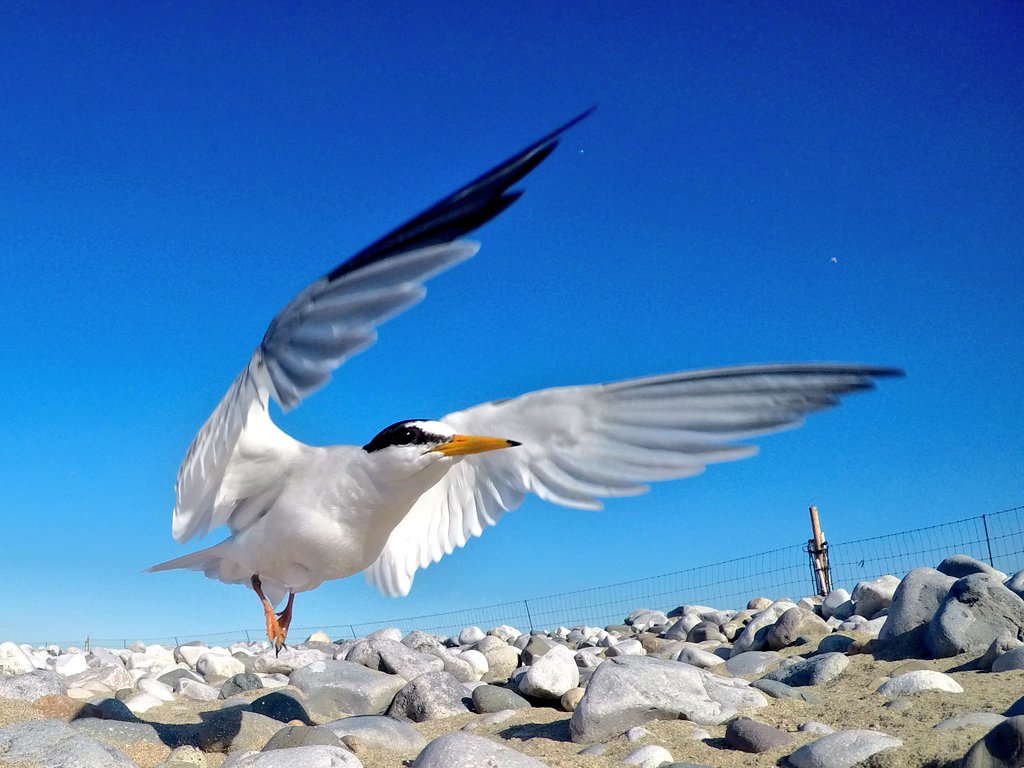
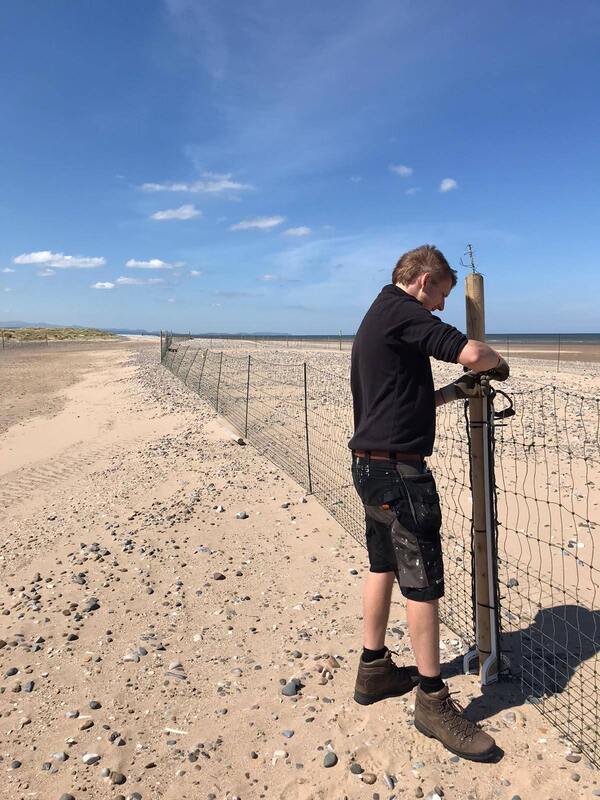
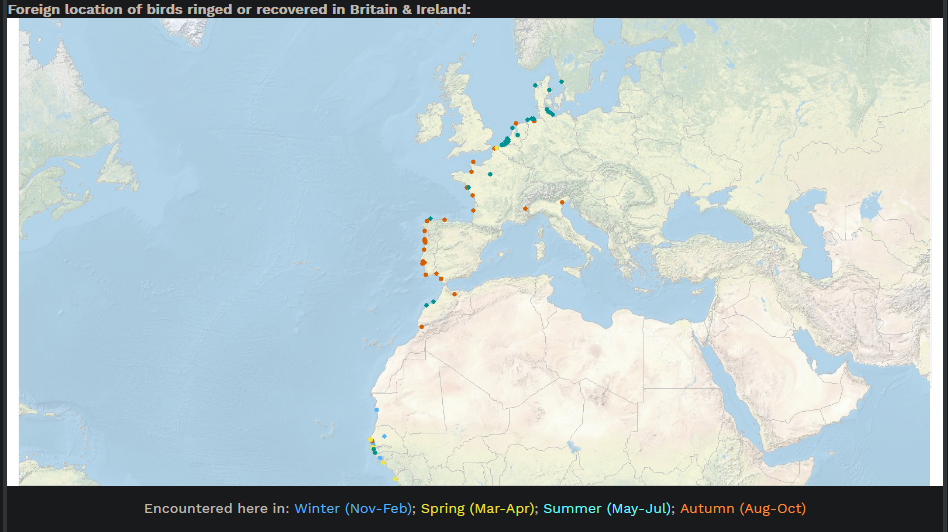
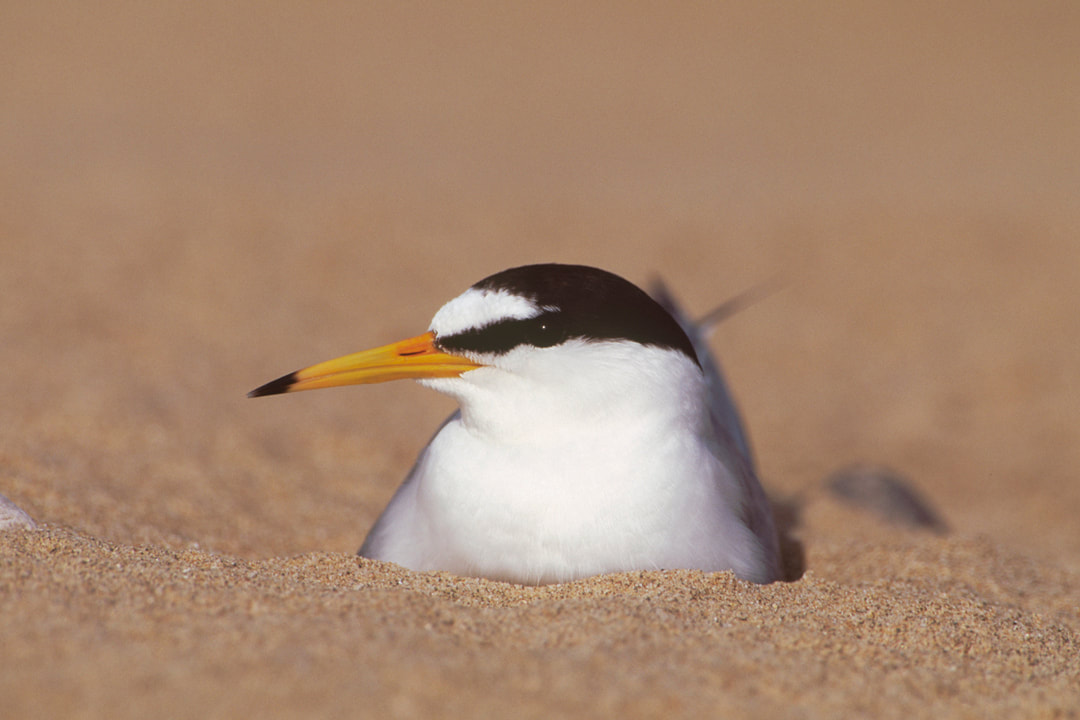
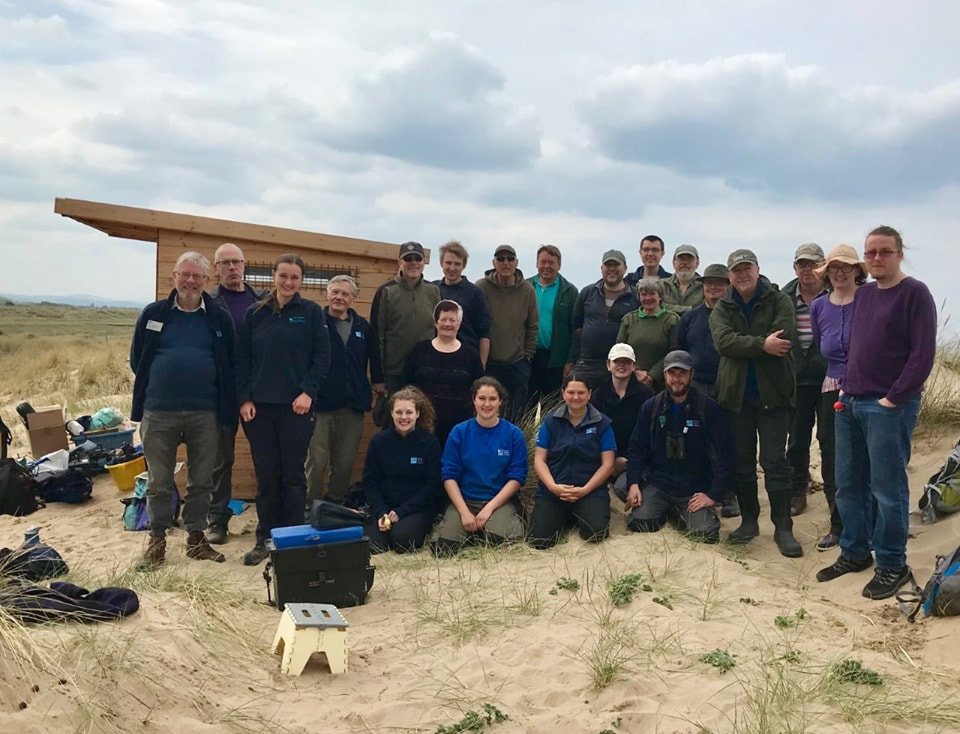
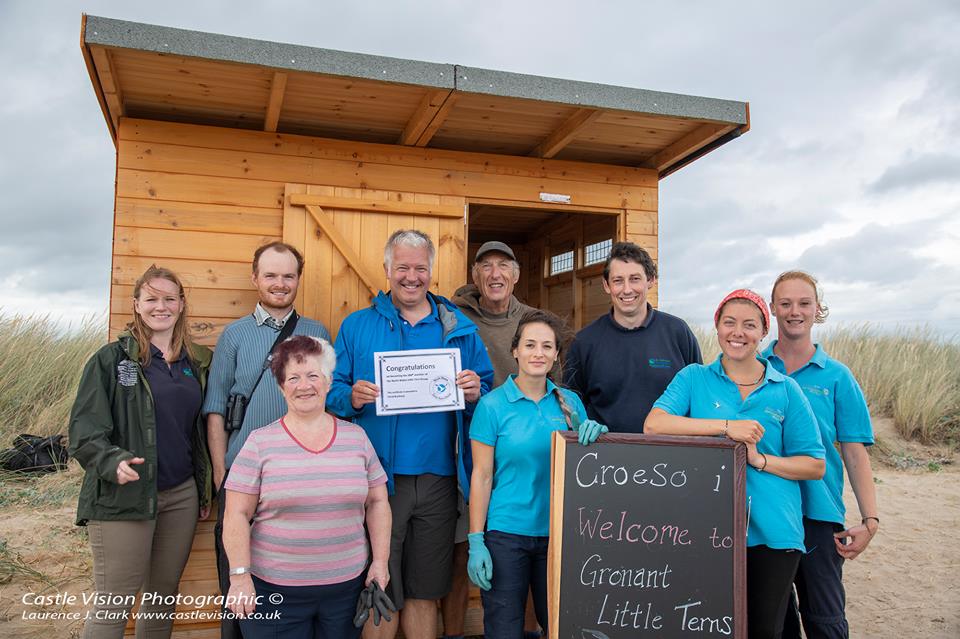
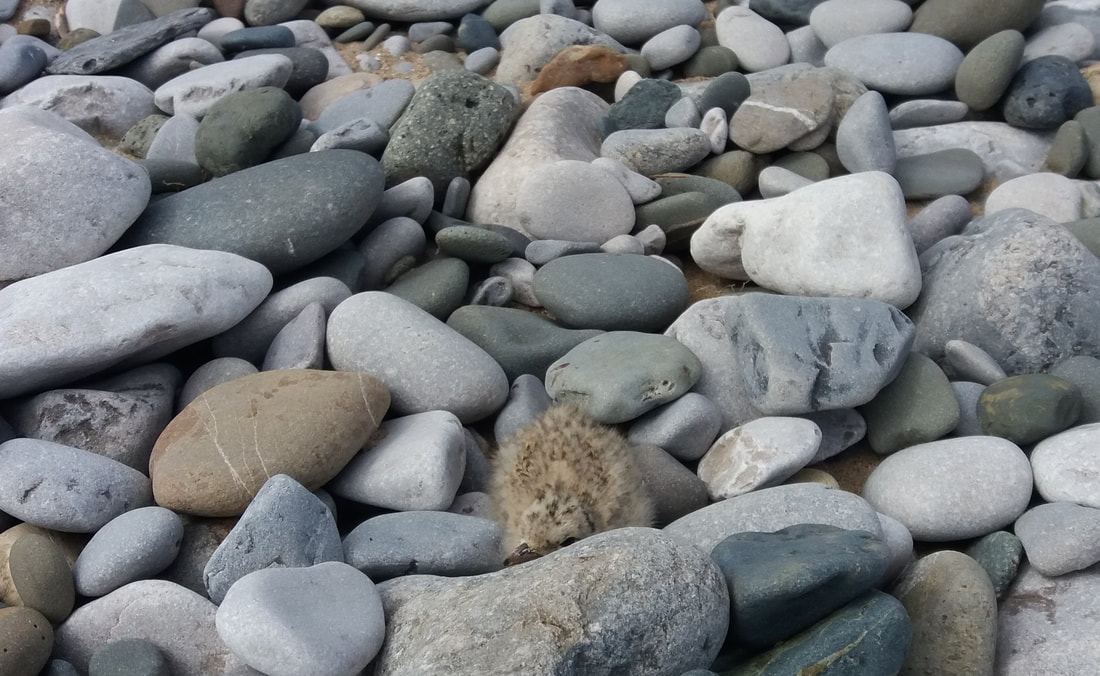
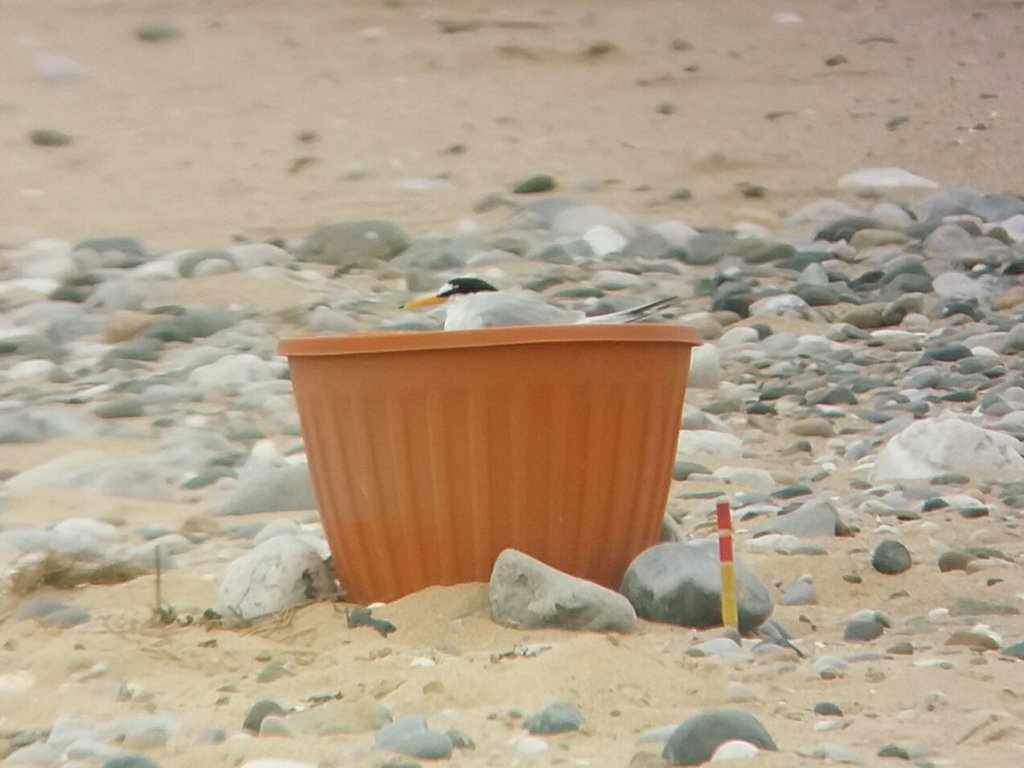
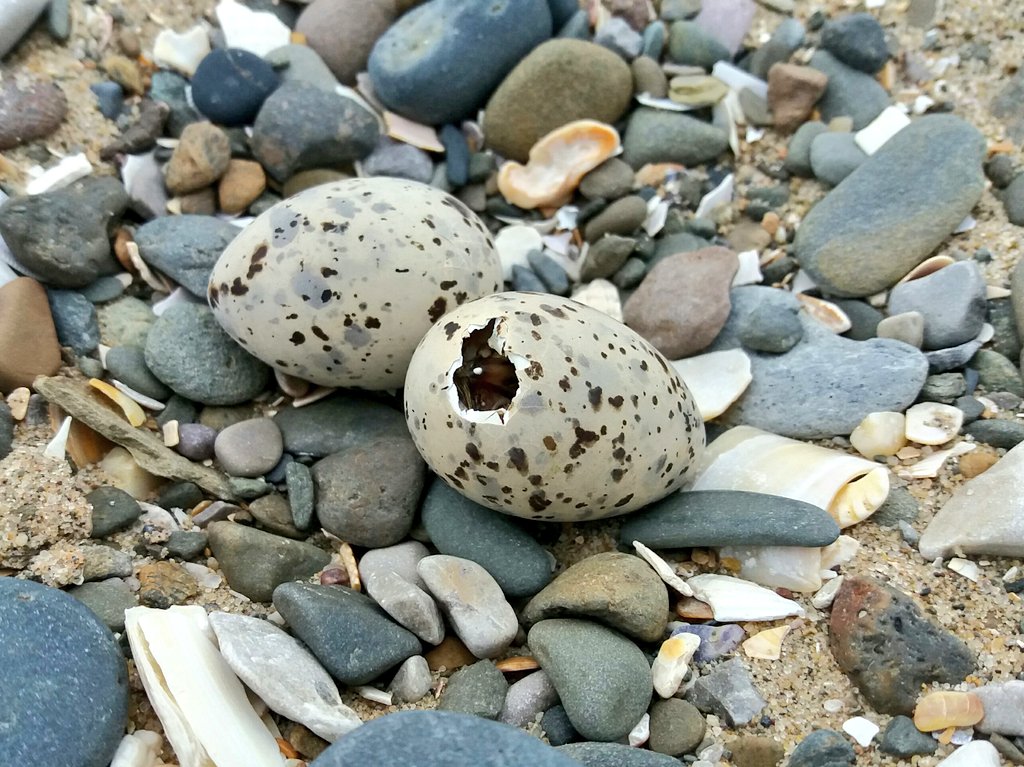
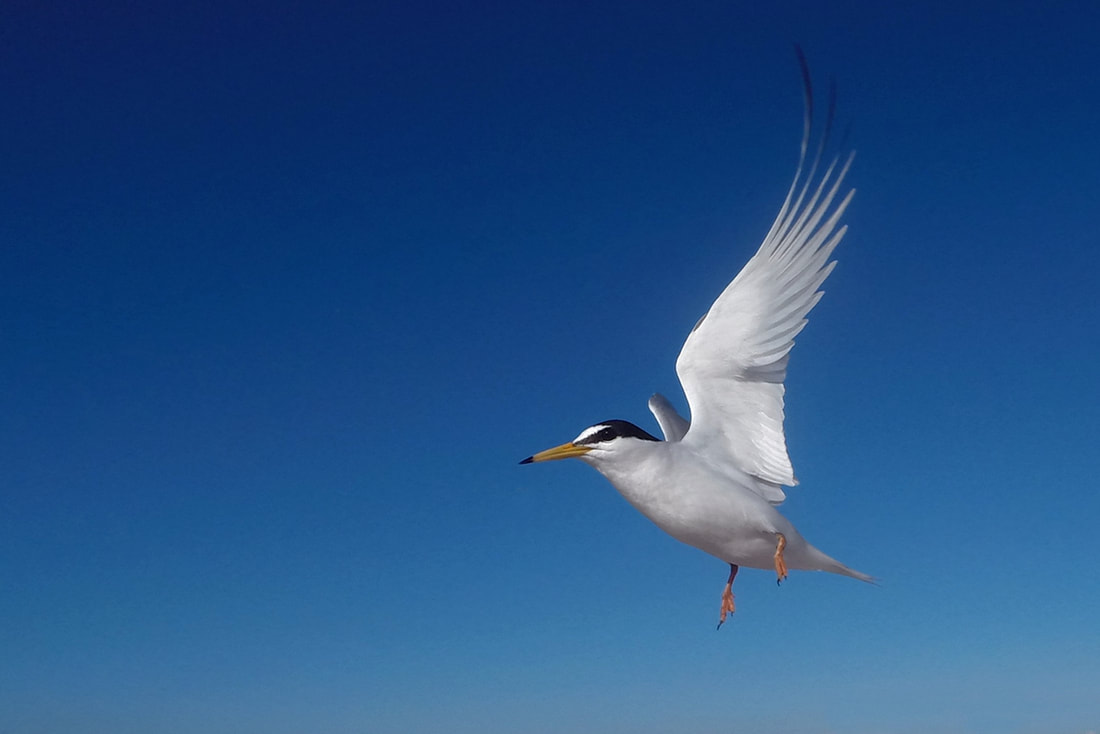
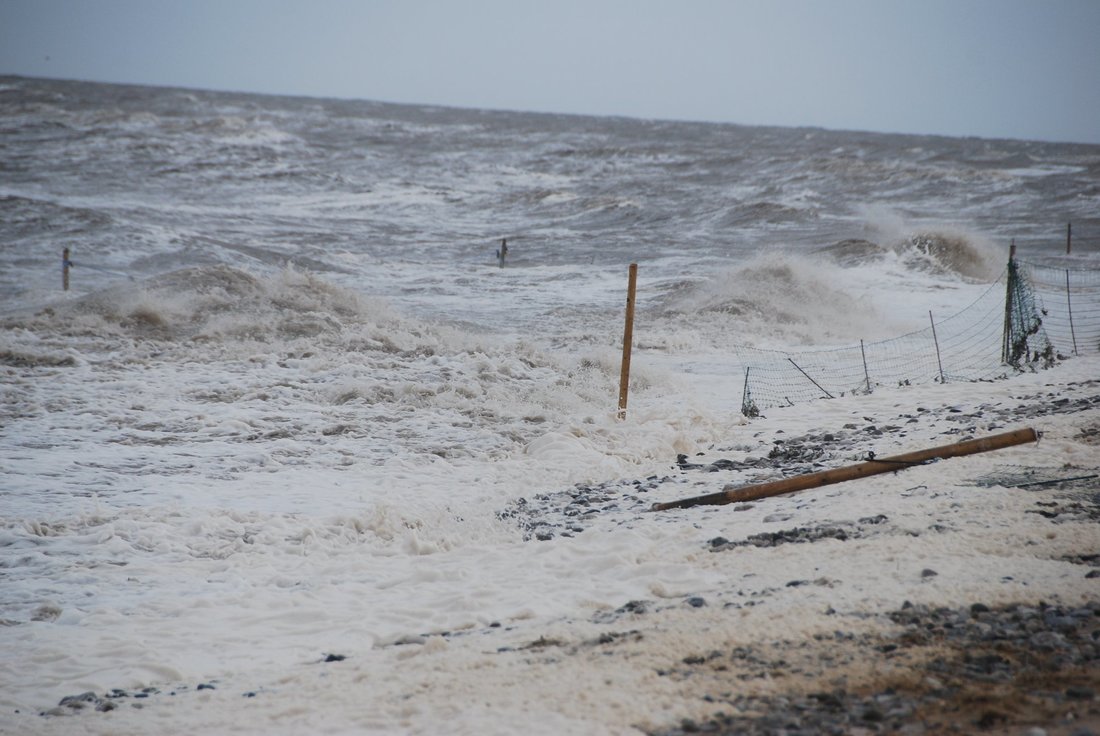
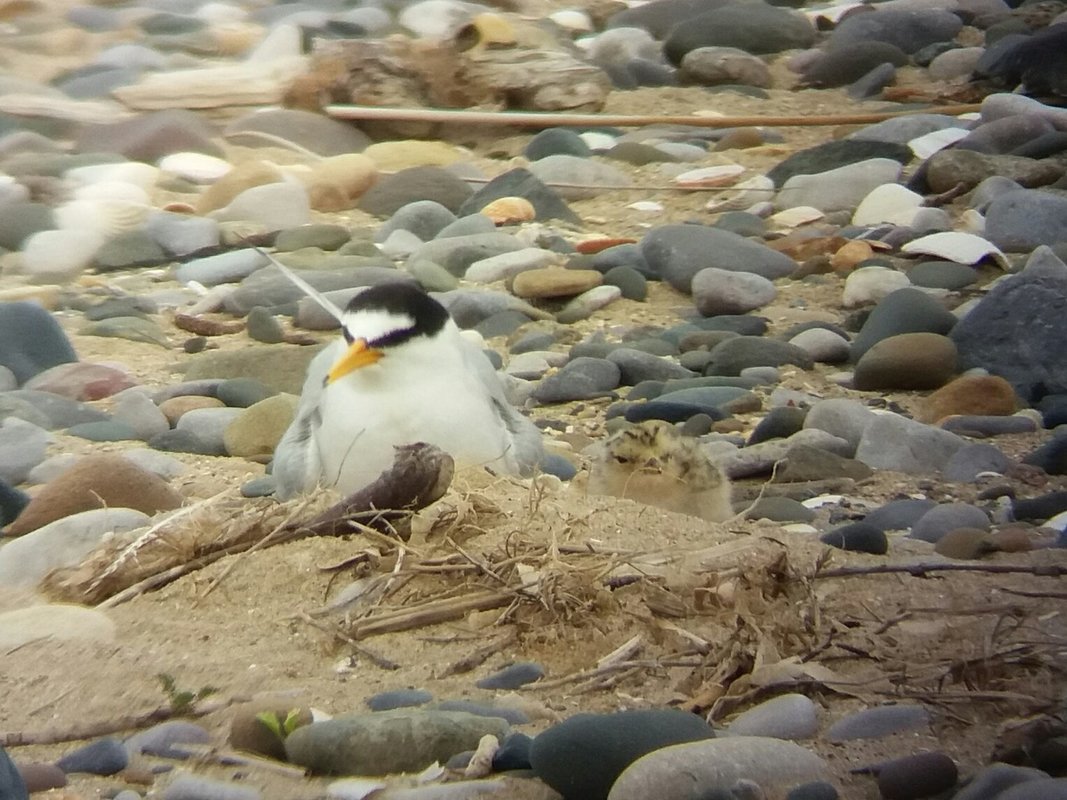
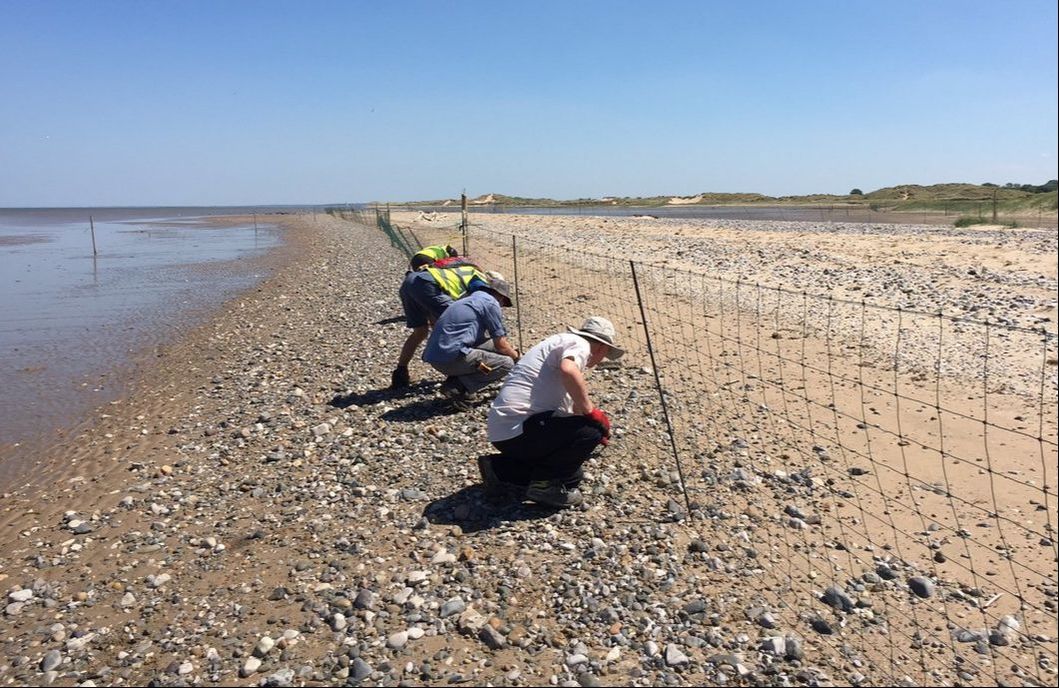
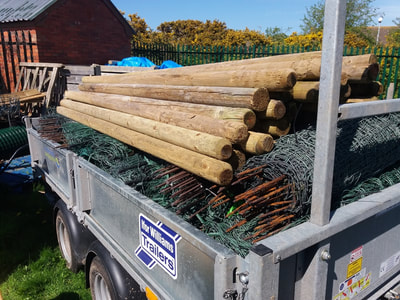

 RSS Feed
RSS Feed
